This article delves into the fascinating design history of the James Webb Space Telescope (JWST), tracing its evolution from initial concepts to its current status as a groundbreaking space observatory. It highlights the work of key individuals like Pierre Bely and Riccardo Giacconi, the challenges faced, and the numerous design iterations that led to the creation of JWST.
At the end of large engineering projects, the design team is typically asked to develop a document, in some cases called a Theory of Operations. This document is meant to describe the design decisions, why they were made, and how they were implemented. The document intends to inform future engineers about why a system operates the way it does so they can assess if any modifications or improvements can be made.
It also allows the design engineers to reflect on their work as a whole, sometimes in a new light. Recently, some original members of the design team of the James Webb Space Telescope decided to take their shot at a brief version of such a document, releasing a paper that describes the design history of what is now considered to be one of the crowning jewels of humanity’s space telescope fleet. Pierre Bely, the (now retired) Chief Engineer for the Space Telescope and Science Institute (STScI), led the paper’s writing. He originally started conceptualizing the idea of a Hubble success back in the 1980s. He was prompted to do so by Riccardo Giacconi, the then-head of the STScI, who, given his experience on other satellites like Chandra and Einstein, knew how long it would take to develop a successor to Hubble. Hubble itself, the doyenne of Space Telescopes that served as the workhorse of astronomers for decades, wasn’t eventually launched when Bely was tasked with coming up with plans for a successor. It had taken almost 30 years of lobbying, building, and testing to launch Hubble in 1990, with an additional three years of extensive rework to repair it once it was in orbit. Hubble itself only had a 14-year mission lifetime, so even if its successor had started work before Hubble launched, it wouldn’t be ready to launch before its original mission ended.Budget constraints at STScI proved an initial challenge. The Institute had the staff to operate Hubble but not to design a completely new instrument from scratch. But, Bely did find some time in his role as Chief Engineer to develop some concepts. Preliminary design requirements were hazy, but the consensus between the originators of the idea that became JWST was that it should be able to see into the infrared, which was beyond Hubble’s capabilities. It was also planned with a 10-m mirror, which was intended to match several ground-based telescopes in the design phase. Fortunately, NASA’s Advanced Concepts Office had already done preliminary work on several designs for a next-generation space telescope. The Very Large Space Telescope (VLST) kept the traditional name of NASA’s telescopes but was designed to be assembled in space by astronauts using the space shuttle. It was essentially just a version of Hubble with a bigger mirror. The Golay-9 concept was a bit more out-of-the-box. It consisted of nine 1.7m telescopes that would work in concert with one another. However, it was again designed to be assembled by astronauts and placed in LEO.Another concept was the Large Deployable Reflector, which was 20m in diameter with segmented mirrors. It would need a significant amount of cryogenics to stay cool as it orbited in LEO close to the space station – mainly ease assembly by astronauts and resupply of cryogenics. Bely and Francois Roddier, an optics specialist, considered those ideas when designing an original 10m Hubble successor that looks almost nothing like the final form of the satellite. Initially proposed in 1986, it had an all-encompassing shield that was supposed to protect it from the light and heat of the nearby Earth while still being able to fit in the fairing of a modified Energia rocket designed by the then-Soviet Union. During this time, the project took on a new name—the Next Generation Space Telescope, which it would be known by until it was renamed JWST in 2002. But before that, it had several more preliminary design iterations, including a “Detour via the Moon.”A space telescope doesn’t necessarily have to be free-floating in space – it can also be located on another heavenly body. That was the basis for an idea initially to coincide with President George H. W. Bush’s Space Exploration Initiative to return to the Moon in the 1990s. To match this design, a version of the NGST that housed a 16m mirror on the surface of the Moon that looked more like a traditional Earth-bound telescope than a free-floating space one. However, that idea died with the SEI as it became clear a few years into Bush’s tenure that NASA would not return to the Moon anytime soon – and still hasn’t. During the late 1980s and early 1990s, many workshops were held to discuss different trade-offs in the design of the NGST. These changed to a more formal structure in 1995, almost 5 years after Hubble had launched, at a workshop to define the design goals of the new Hubble successor that was called by Edward Weiler, NASA’s Chief Scientist for Hubbl
JAMES WEBB SPACE TELESCOPE JWST SPACE TELESCOPE DESIGN HUBBLE SUCCESSOR SCIENCE HISTORY ENGINEERING PROJECTS
United States Latest News, United States Headlines
Similar News:You can also read news stories similar to this one that we have collected from other news sources.
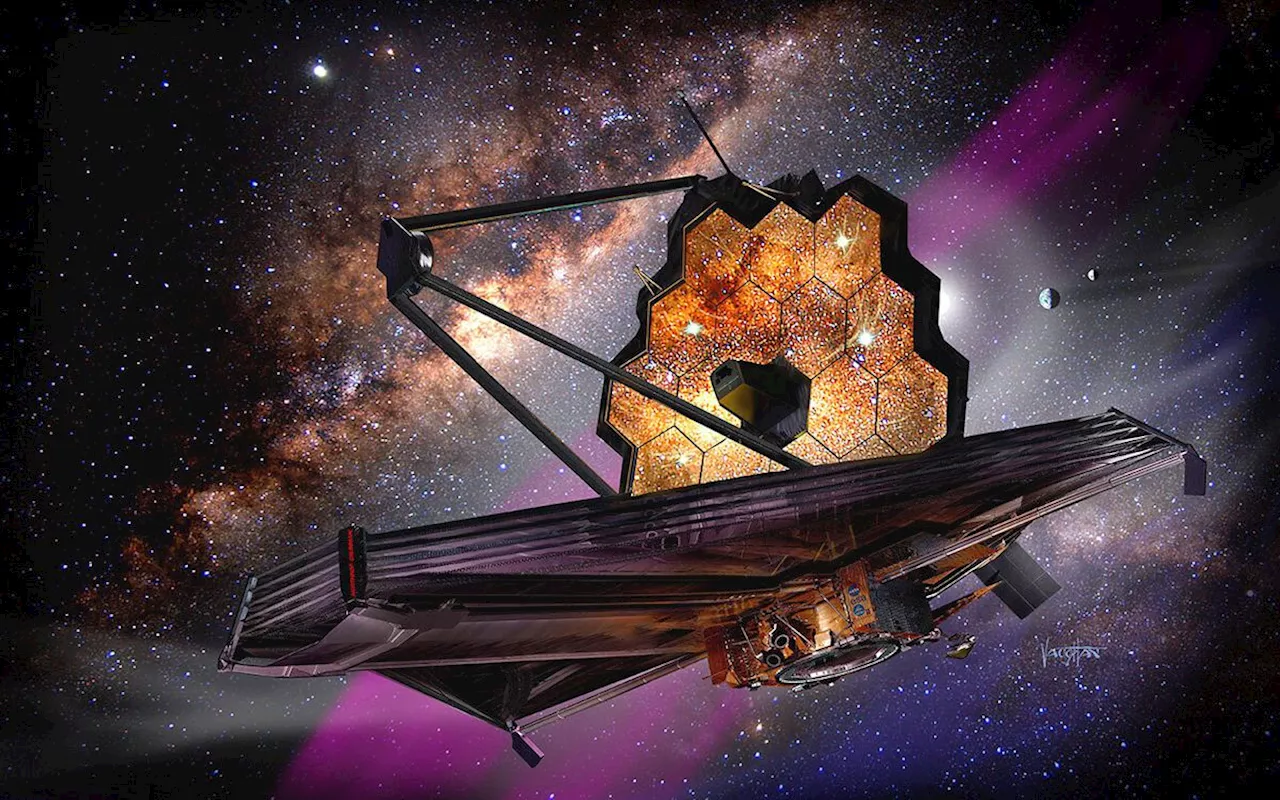 James Webb Space Telescope quiz: How well do you know the world's most powerful telescope?Ian is a freelance science and technology writer, and formerly the Tech and Entertainment Editor at Live Science & Space.com. With a degree in biology, a PhD in chemistry, and his previous role at Institute of Physics Publishing, Ian is taking a world tour through the different scientific disciplines.
James Webb Space Telescope quiz: How well do you know the world's most powerful telescope?Ian is a freelance science and technology writer, and formerly the Tech and Entertainment Editor at Live Science & Space.com. With a degree in biology, a PhD in chemistry, and his previous role at Institute of Physics Publishing, Ian is taking a world tour through the different scientific disciplines.
Read more »
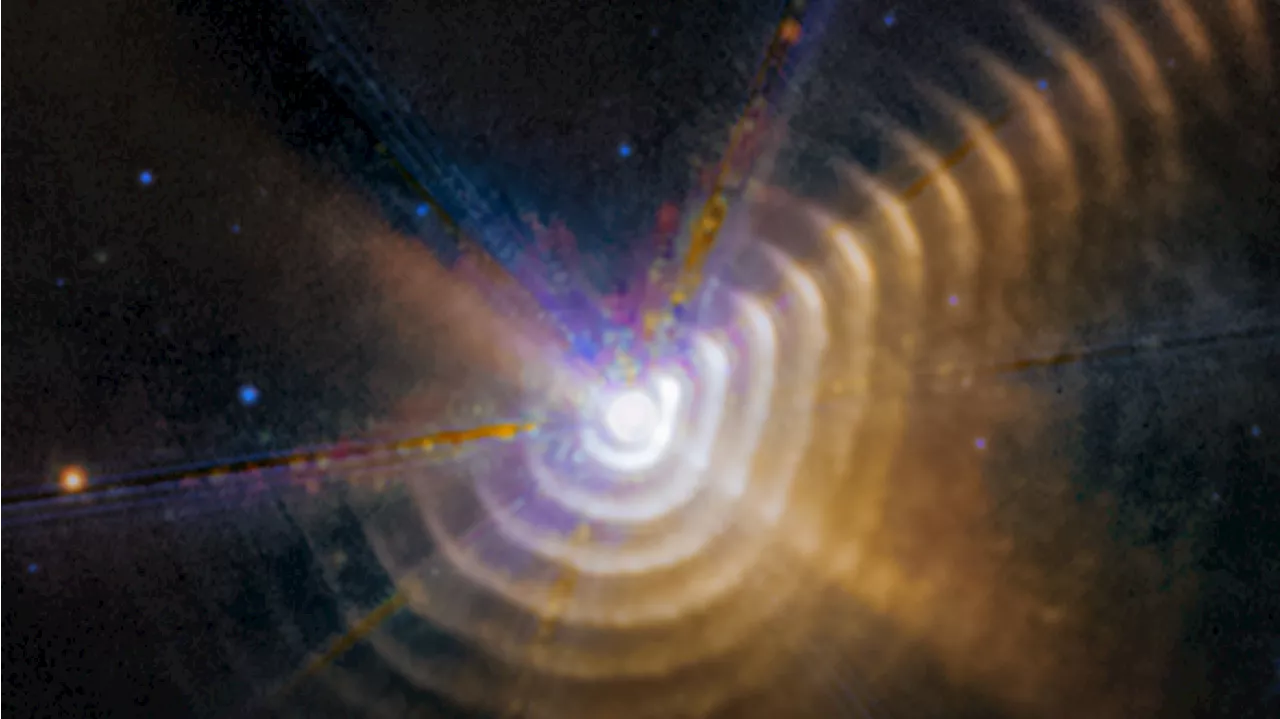 James Webb Space Telescope watches planet-forming dust shells zooming through spaceKeith Cooper is a freelance science journalist and editor in the United Kingdom, and has a degree in physics and astrophysics from the University of Manchester.
James Webb Space Telescope watches planet-forming dust shells zooming through spaceKeith Cooper is a freelance science journalist and editor in the United Kingdom, and has a degree in physics and astrophysics from the University of Manchester.
Read more »
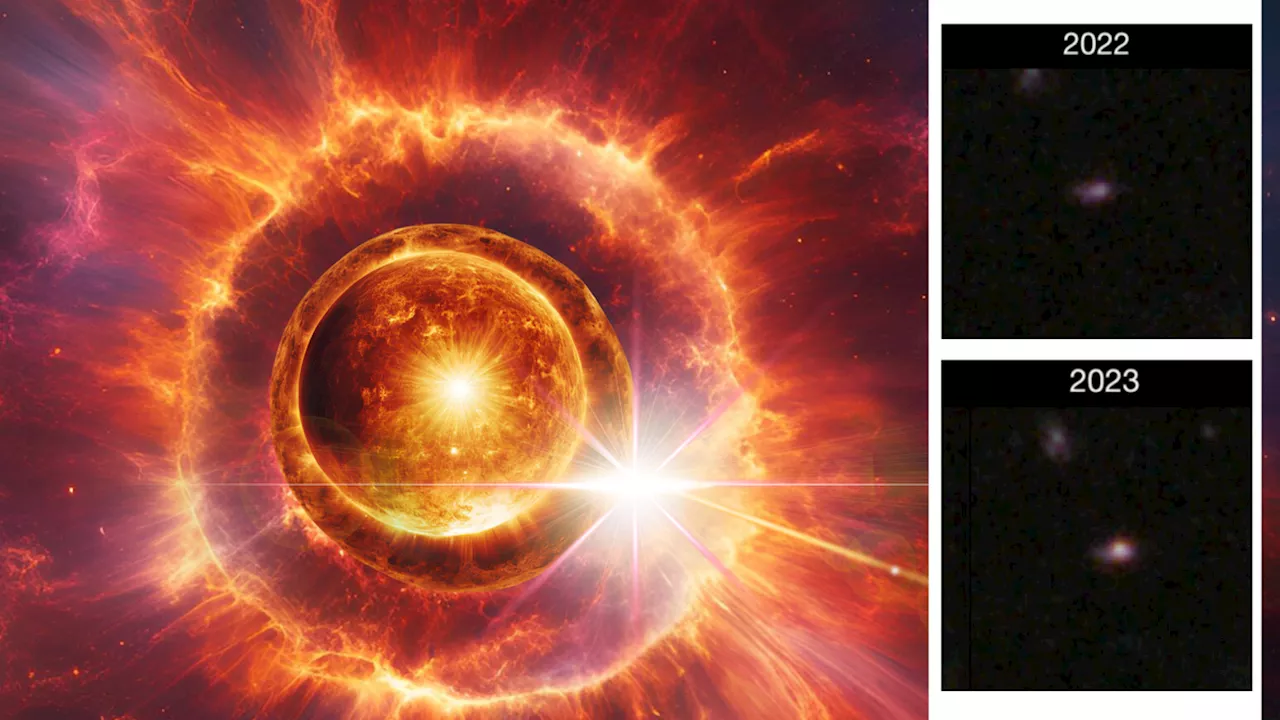 James Webb Space Telescope discovers one of the earliest 'truly gargantuan' supernovas ever seenRobert Lea is a science journalist in the U.K. whose articles have been published in Physics World, New Scientist, Astronomy Magazine, All About Space, Newsweek and ZME Science. He also writes about science communication for Elsevier and the European Journal of Physics. Rob holds a bachelor of science degree in physics and astronomy from the U.K.
James Webb Space Telescope discovers one of the earliest 'truly gargantuan' supernovas ever seenRobert Lea is a science journalist in the U.K. whose articles have been published in Physics World, New Scientist, Astronomy Magazine, All About Space, Newsweek and ZME Science. He also writes about science communication for Elsevier and the European Journal of Physics. Rob holds a bachelor of science degree in physics and astronomy from the U.K.
Read more »
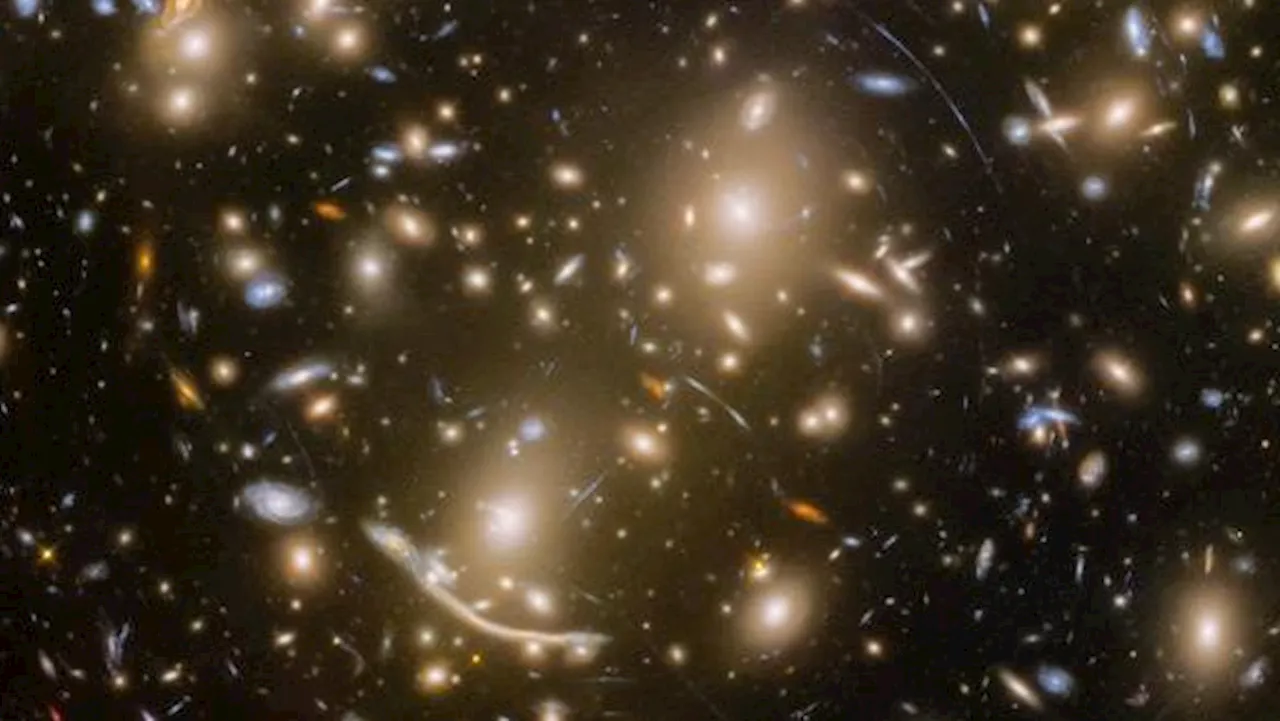 James Webb Space Telescope spots record-breaking collection of stars in far-flung galaxySharmila Kuthunur is a Seattle-based science journalist covering astronomy, astrophysics and space exploration. Follow her on X skuthunur.
James Webb Space Telescope spots record-breaking collection of stars in far-flung galaxySharmila Kuthunur is a Seattle-based science journalist covering astronomy, astrophysics and space exploration. Follow her on X skuthunur.
Read more »
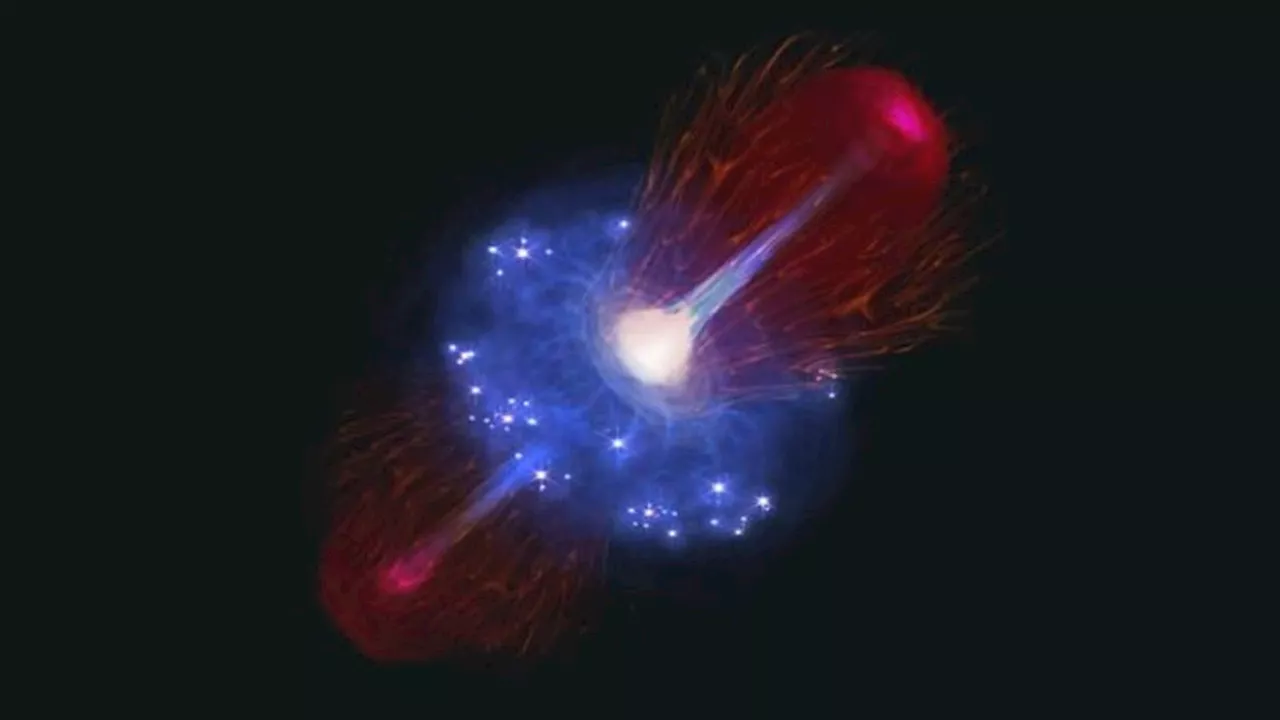 James Webb Space Telescope catches monster black hole napping after 'overeating' in the early universeRobert Lea is a science journalist in the U.K. who specializes in science, space, physics, astronomy, astrophysics, cosmology, quantum mechanics and technology. Rob's articles have been published in Physics World, New Scientist, Astronomy Magazine, All About Space and ZME Science.
James Webb Space Telescope catches monster black hole napping after 'overeating' in the early universeRobert Lea is a science journalist in the U.K. who specializes in science, space, physics, astronomy, astrophysics, cosmology, quantum mechanics and technology. Rob's articles have been published in Physics World, New Scientist, Astronomy Magazine, All About Space and ZME Science.
Read more »
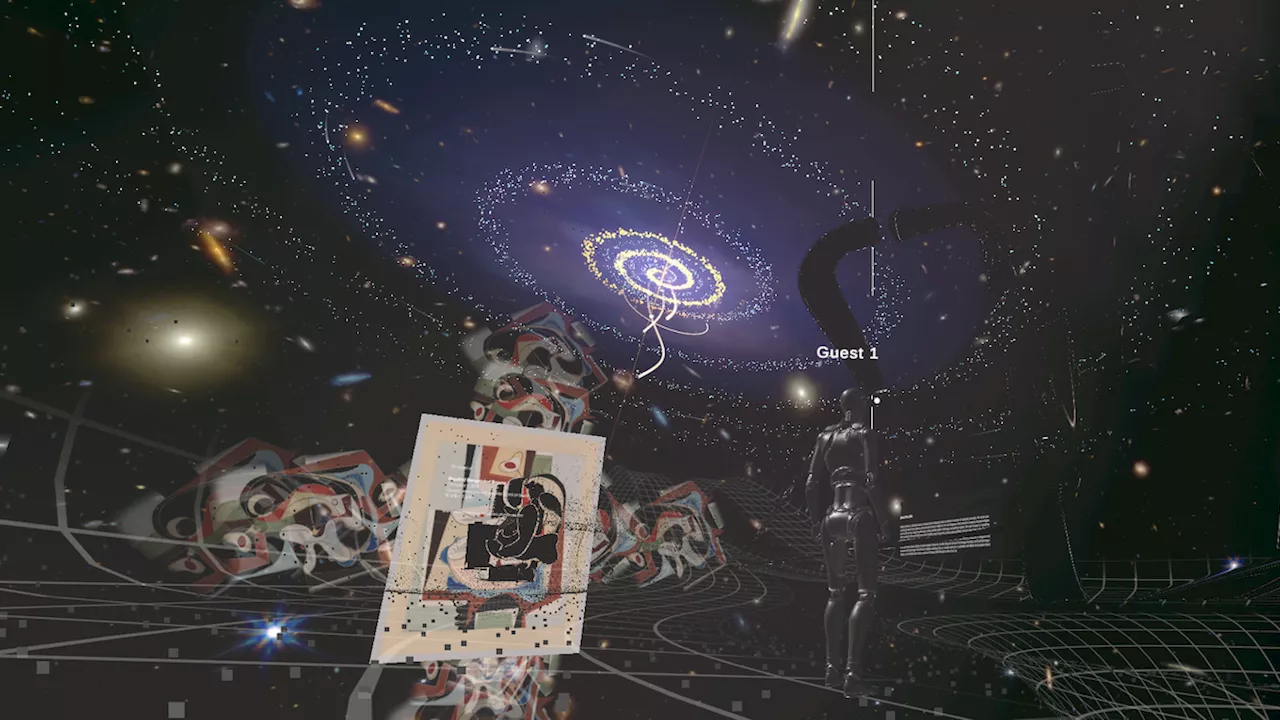 Step inside a virtual reality art piece inspired by the James Webb Space TelescopeSpace.com contributing writer Stefanie Waldek is a self-taught space nerd and aviation geek who is passionate about all things spaceflight and astronomy.
Step inside a virtual reality art piece inspired by the James Webb Space TelescopeSpace.com contributing writer Stefanie Waldek is a self-taught space nerd and aviation geek who is passionate about all things spaceflight and astronomy.
Read more »
